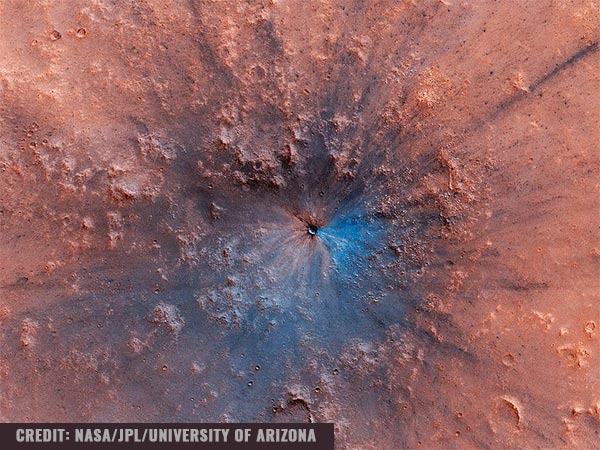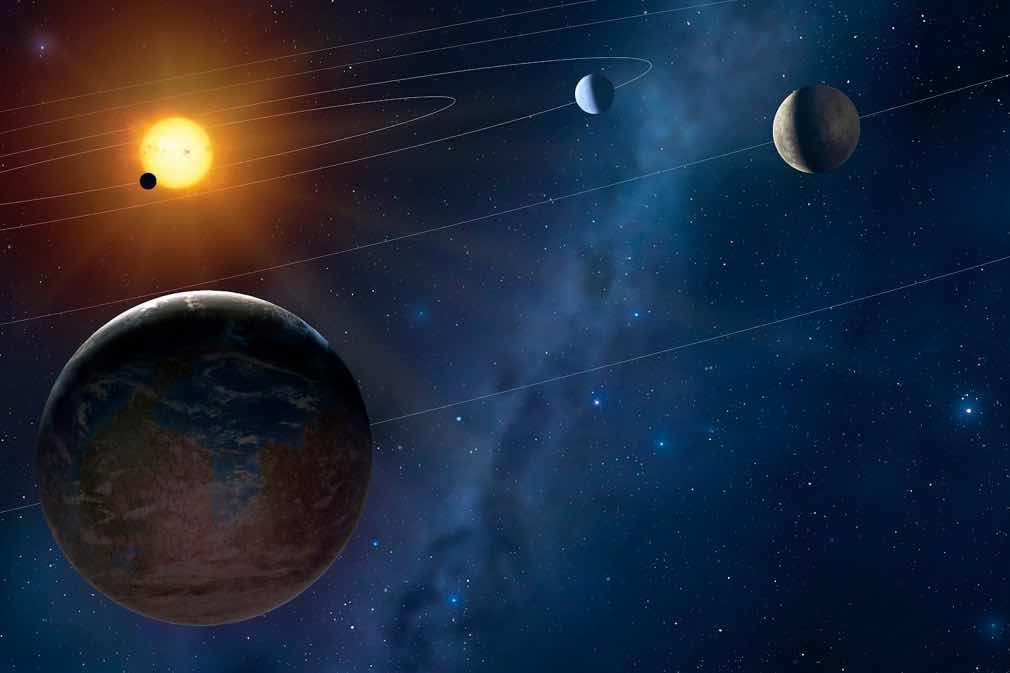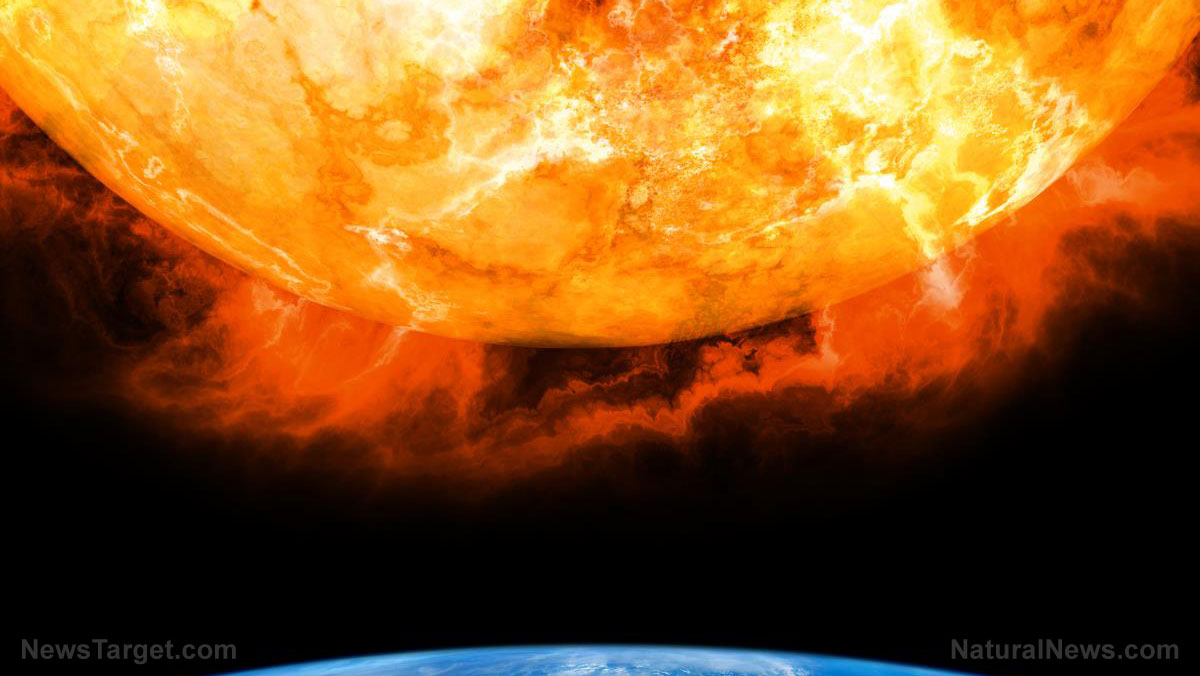Next moon landing and pioneer trip to Mars are the priorities for the Trump administration, says Vice-President Pence
02/27/2020 / By Tracey Watson

When astronauts Neil Armstrong and Edwin “Buzz” Aldrin became the first humans to land on the moon in 1969, the whole world watched in awe. Several more manned moon missions followed, with the last taking place in 1972.
All of these landings took place as part of NASA’s Apollo program, which ran from 1961 to 1972, and which aimed to gather as much data about the moon as possible and to land astronauts on it before the Soviets could do so.
Now, Vice-President Mike Pence has declared that it is a priority of the Trump administration to land American astronauts on the moon again in 2024. And, the president has an even loftier goal: He wants a manned landing on Mars to take place just a few years later. (Related: Wearing goggles in space can help prevent vision problems among astronauts, advise NASA experts.)
‘We’re going to accomplish this goal by any means necessary’
President Trump signed Space Policy Directive-1 back in 2017, and ever since then, NASA has been actively working towards once again landing humans on the moon, and from there working towards a manned landing on Mars.
The plan was originally to send the manned mission to the moon in 2028, but the Trump administration has subsequently moved that date a lot closer, with NASA now instructed to land its crew of two astronauts – one male and one female – on the Earth’s beautiful satellite in 2024.
“The president has made it clear that we’re going to accomplish this goal by any means necessary,” Vice-President Pence told employees at NASA’s Langley Research Center in Virginia earlier this month.
“In order to succeed, we are going to continue to focus on the mission over the means,” he added. “We want to challenge each one of you here at Langley: Consider every available option and platform to meet our goals, including industry, government — the entire American space enterprise.”
Space.com reported that there are three key elements involved in the moon landing plan:
[T]he Orion crew capsule, the Space Launch System (SLS) megarocket and the Gateway, a small, moon-orbiting space station that will serve as a hub for lunar surface operations and sorties.
NASA is using a program known as Artemis to work towards implementing each piece of infrastructure but getting the SLS off the ground has been problematic, with development hampered by budget issues and delays. (Related: Radiation from deep space is intensifying, affecting space weather and potential space travel.)
NASA plans to send an unmanned test mission to send Orion around the moon next year. A second mission, this one crewed, is planned for 2022, and a final mission, in which humans will land on the moon, will then take place in 2024.
In his speech, Vice-President Pence repeatedly referenced the “incredible entrepreneurial energy” of the American space program and stressed the need for NASA to tap into private sector resources to further its aims.
“We encourage you to reach out, to engage them [private-sector employees] in every appropriate way to help us achieve our mission,” he said. “Keep building on the partnership that the American space program has always been in this country.”
Discover all the latest developments in space exploration at Space.news.
Sources for this article include:
Tagged Under: mars landing, moon landing, NASA, space exploration, Trump administration
RECENT NEWS & ARTICLES
Cosmic.News is a fact-based public education website published by Cosmic News Features, LLC.
All content copyright © 2018 by Cosmic News Features, LLC.
Contact Us with Tips or Corrections
All trademarks, registered trademarks and servicemarks mentioned on this site are the property of their respective owners.



















